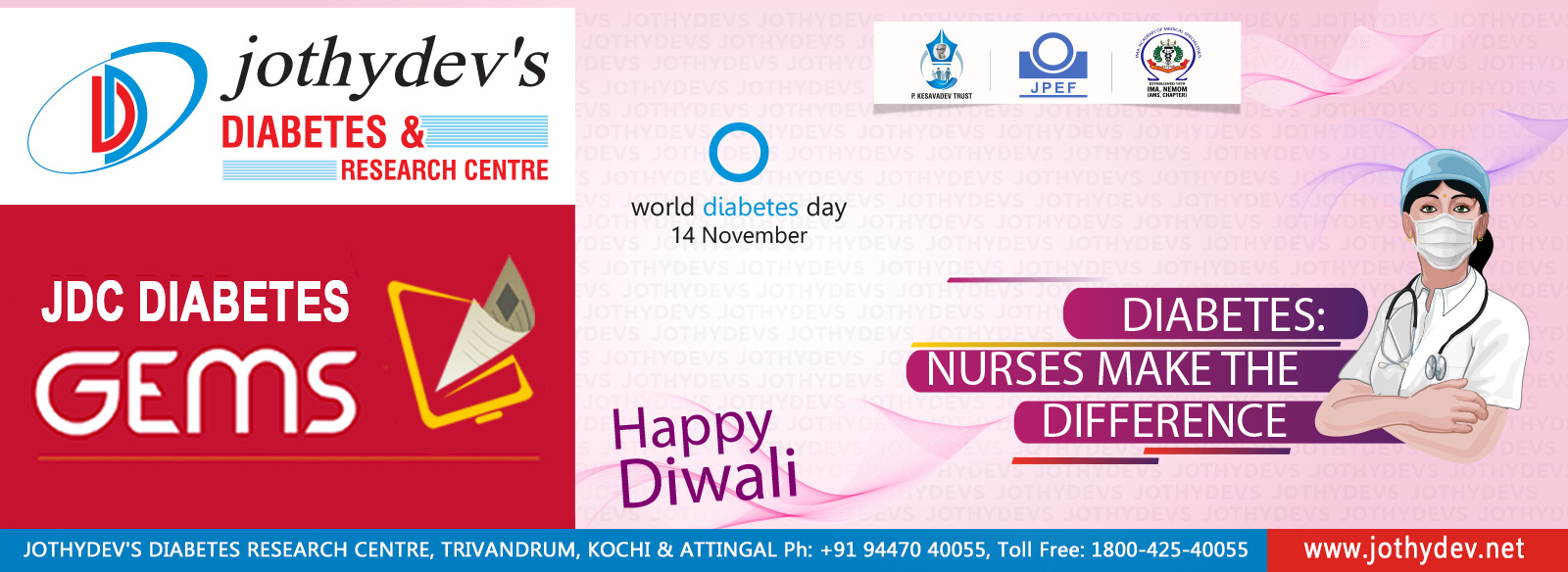
2. Nocturnal blood pressure can be a predictor of future CVD

According to a study published in 'Circulation', fluctuations in blood pressure (BP)
during night can be an independent predictor of future stroke, heart failure and
coronary artery disease. The prospective observational study included 6,359 patients
from Japan (with mean age 69 years, 48% men and mean follow-up 4.5 years with at
least one CV risk factor (93.2% with hypertension)) who were free of symptomatic
CVD at baseline to evaluate the association between both nocturnal hypertension
and nighttime BP dipping and incident CV events. The study cohort underwent 24-hour
ambulatory BP monitoring at baseline and was followed up annually.
Researchers observed that for every 20 mm Hg increase in nighttime systolic BP, patients experienced a 21% increase in risk for atherosclerotic CVD (HR = 1.21; 95% CI, 1.03-1.41) and a 36% increase in risk for HF (HR = 1.36; 95% CI, 1.08-1.71) and each 20 mm Hg increase in daytime systolic BP was associated with an increased risk for ASCVD (22%; P = .048), but not total CVD (16%; P = .078). Among the study participants, those who experienced the riser pattern of nighttime BP experienced a significantly increased risk for both total CVD events (HR = 1.58; 95% CI, 1.13-2.21) and HF (HR = 2.53; 95% CI, 1.4-4.56).
As per the observations, there is a significant association between the riser pattern and total CVD events even after adjusting for 24-hour and daytime systolic BP, but the association disappeared after adjustment for nighttime systolic BP. This clearly suggests that higher nighttime BP is more important than the riser pattern as a risk factor for total CVD. Also, a riser pattern for nighttime BP is more important than nighttime BP as a risk factor for HF. In addition, the investigators also observed an elevated risk for stroke among patients with well-controlled 24-hour systolic BP and an extreme nighttime dipper pattern (HR = 2.3; 95% CI, 1.22-4.35).
The study highlights the importance of including nighttime blood pressure monitoring in patient management strategies and help physicians to ensure that antihypertensive therapy is effectively lowering blood pressure throughout the 24-hour dosing period.
For enquiries info@jothydev.net.
Please visit: jothydev.net | research.jothydev.com | diabscreenkerala.net | jothydev.com/newsletter
